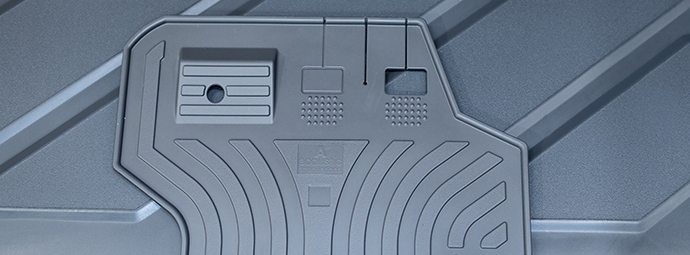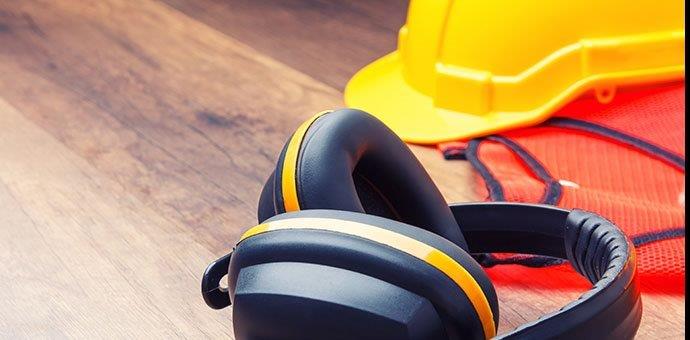Break the Sound Barrier for Industrial Vehicles
Excessive levels of noise and vibrations are a major obstacle to the comfortable operation of industrial vehicles – but designing with the appropriate materials and techniques will help OEMS’ push on through
Off-highway vehicles are, by their very nature, noisy. Most industrial design team will face a constant battle to provide increased power and capability, while simultaneously furnishing the vehicle operator with a comfortable environment in which to work. The vehicle cab answers this need; and reducing the level of noise and vibration inside is important in achieving the objective. The main drivers for this activity are, of course, legislative requirements and the need to prevent temporary and permanent hearing loss.
How Sound Waves Travel in the Cab
The cab can be viewed as an enclosure. Sound travels from the source by vibrating the particles within adjacent and subsequent mediums and is propagated as waves of energy. Sound will enter the cab through any holes compromising the integrity of this enclosed space, and via transmission through the metal and glass panels. These panels will also respond to air borne sound incident on their surface, as well as vibration through cab mounts and other solid connections, exciting resonance in the panels and transmitting sound into the cab.

The interior noise level generated will be of a broad frequency range, while the level and frequencies at which the noise is most prominent will be a function of the original source, the mediums through which the sound passes, and the resulting environment.
That is to say, it will depend on the original sound power levels of the engine along with other sources and their operating conditions: the mass, size, shape and stiffness of the cab structure and how its different elements are connected; and the size and reverberation quality of the enclosure. The resulting noise level is further complicated by the weighting scale necessary to adjust for the way in which we perceive the sound, while the length of time of exposure to noise will also have a bearing on hearing loss. The operator may also feel vibration through the seat, floor and controls.
4 Steps to Consider to Minimise Cab Noise
- To reduce the noise level inside the cab, it should be designed with the minimum number of holes, while those that remain should be sealed as well as possible. Cab panel design and mounting should be optimised to reduce the amount of sound energy transmitted and to reduce any potential system amplifications due to resonance. It should be noted that the cab space itself can resonate at certain frequencies due to its shape and dimensions. Also, when tackling possible noise problems, the levels should always be tackled in order of significance.
- The cab trim package will be a combination of material type for noise and vibration control, mass should be added either directly or indirectly via isolation to limit transmission, with panel resonance and harmonics – functions of the panel dimensions and stiffness – addressed via damping to remove energy.
- The interior surface of the cab and consoles should ideally have very few hard surfaces as these send to reflect the noise without any significant loss of energy. The approach will always be a compromise, however. Because high visibility from the cab is such an important requirement, the highly sound-reflective glass is a necessity, demanding even more noise control from the remaining available surfaces. Each of the cab trim components fitted has the potential to increase or decrease the noise inside the cab enclosure.
- The raw material used needs to be taken into consideration too. High-density elastomer can be combined with foam to provide a composite acoustic solution, adding mass, damping panel resonance and absorbing air borne noise. This material can be die-cut, moulded into 3D shapes, reinforced and in-mould painted. Many design problems associated with reducing heat transfer into the cab can also be tackled using polyurethane-based solutions.
Tecni-Form develops and manufactures noise control products, specific for agricultural, construction and mechanical handling vehicles (ACE) using polyurethane, which can be formulated as rigid or flexible, as foam or an elastomer.

Read a related blog Smart PU Cab Flooring

